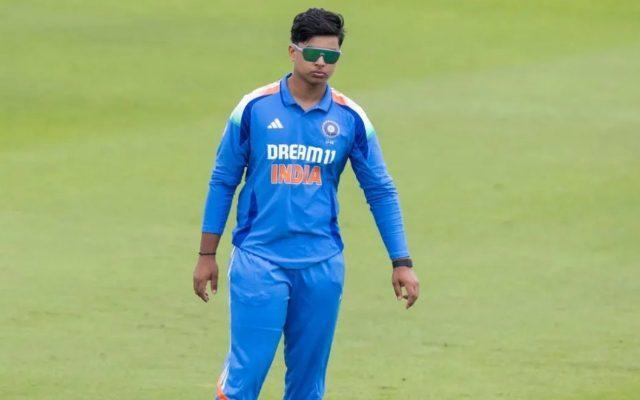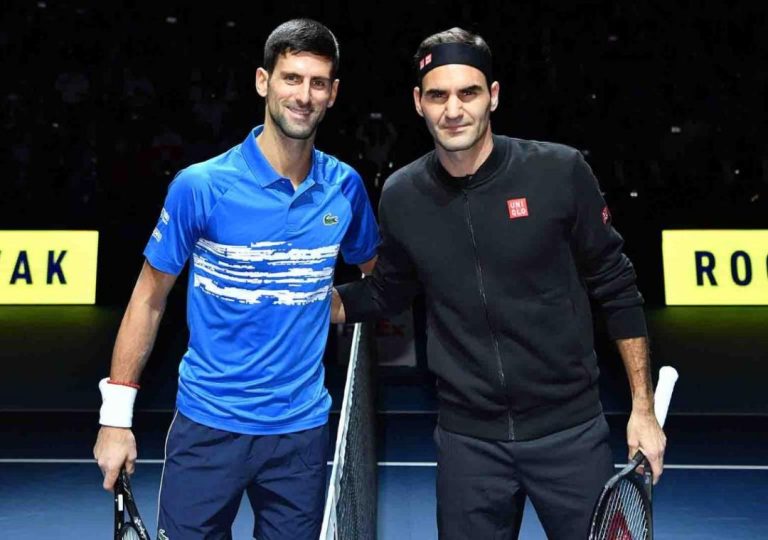
Ravindra Jadeja Compares Captaincy in T20 & Test Format
Ravindra Jadeja, one of the most skilled all-rounders in the Indian cricket team, recently opened up about the challenges and differences he faced while leading the team in T20 and Test formats. In a conversation with his fellow cricketer R Ashwin, Jadeja shared his experiences and insights on what it takes to be a successful captain in both formats.
According to Jadeja, there are significant differences between captaincy in Test cricket and T20I format. In Test cricket, he believes that the captain needs to be calculative and simple in their approach. “In Test cricket, you have to change two-three fielders as per the need of the bowler. Captaincy in Test cricket is different. It’s simple, but calculative. It’s not complicated like IPL or T20Is,” he stated.
Jadeja’s comments highlight the importance of adaptability and adjustment in Test cricket. As a captain, he needs to be able to read the game and make subtle changes to the field placement to suit the bowler’s strengths and the opposition’s batting style. This demands a great deal of strategic thinking and planning, as well as the ability to stay calm and composed under pressure.
In contrast, T20I cricket is a vastly different beast. With a shorter format and a focus on aggressive batting and bowling, the captain’s role is more focused on making bold decisions and taking calculated risks. As Jadeja noted, “In T20s, every ball is an event.” This means that the captain needs to be able to think on their feet and make quick decisions to stay ahead of the opposition.
Jadeja’s comments also highlight the importance of experience and knowledge in cricket. As a seasoned player, he has had the benefit of playing in both formats and has gained valuable insights into what works and what doesn’t. His experience as a captain in both formats has given him a unique perspective on the challenges and differences involved.
It is also worth noting that Jadeja’s comments come at a time when Indian cricket is undergoing a period of transition. With a new generation of players emerging and the retirement of some of the old guard, there is a need for experienced leaders to guide the team. Jadeja’s words offer valuable insights into what it takes to be a successful captain in both formats and will likely be of interest to fans and players alike.
In conclusion, Ravindra Jadeja’s comments on the differences between captaincy in T20 and Test formats offer valuable insights into the challenges and demands of leading a team in both formats. As a seasoned player and captain, Jadeja has a unique perspective on the game and his words offer a fascinating glimpse into the world of cricket leadership.






